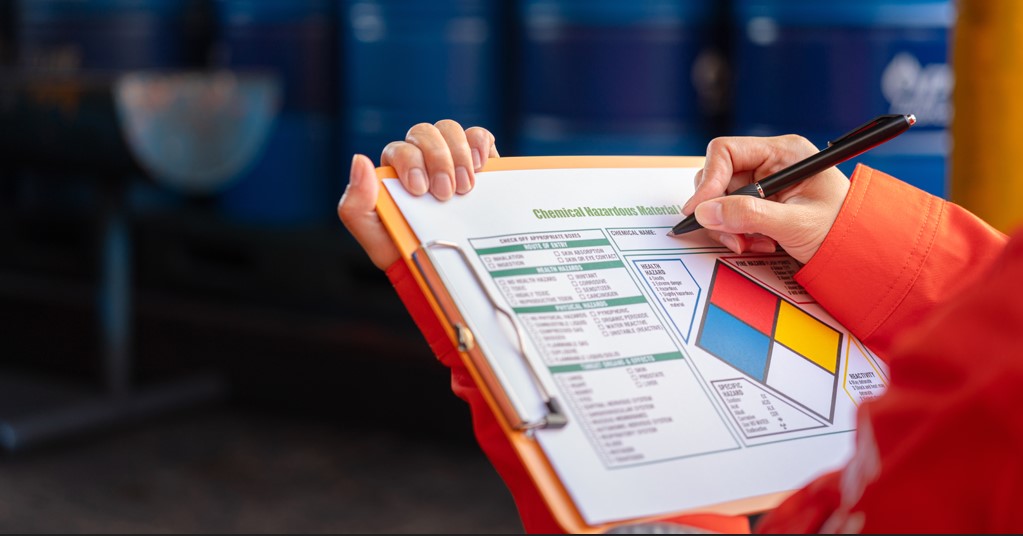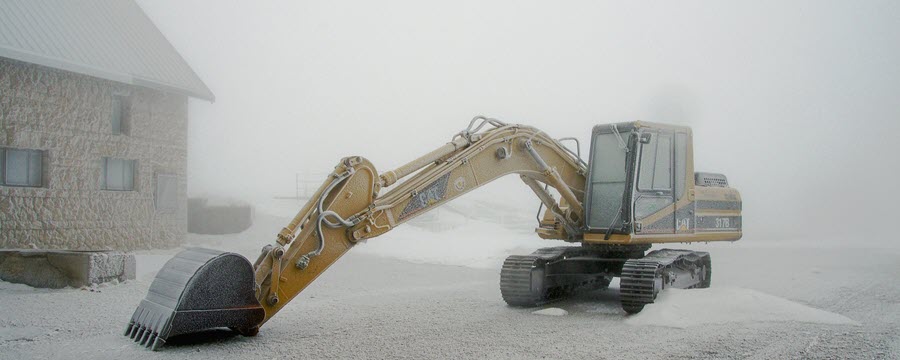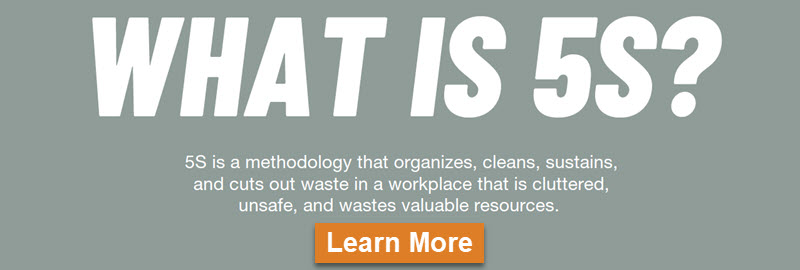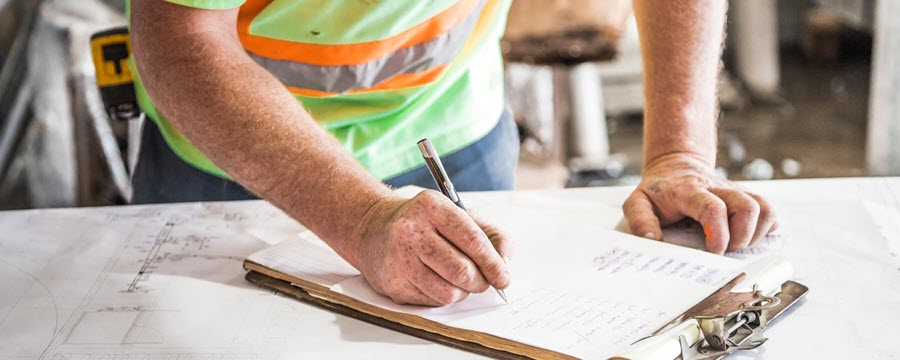
5 Top Safety Hazards of Winter Construction

The warmer spring and summer months are prime construction weather. But that doesn’t mean work needs to grind to a halt once temperatures start falling.
What are the biggest safety hazards of winter construction, and what can supervisors and company owners do to keep their teams safe in these frigid conditions? Here are 5 key tips:
1. Slips and Falls
Slips and falls are among the most common safety concerns on construction sites year-round. According to OSHA, most workplace fatalities are due to falls. There is always a risk of tripping on discarded construction materials or falling from scaffolding, but adding snow and ice to the mix during the winter months increases that risk.
The easiest way to prevent this safety hazard of winter construction is to keep walkways clear of ice and snow whenever possible. Team members should take extra precautions, such as wearing shoe accessories that provide extra traction to prevent falls.
Awareness is also crucial. Site managers need to place slip safety signs and other visual notices to warn workers of hazardous areas and keep fall prevention top-of-mind during winter construction.
2. Frostbite
Water is ever-present in some construction projects, and it makes up a critical amount of the human body, too. Prolonged exposure to low temperatures means that anything that uses water — from the concrete foundation to the crew pouring it — could be at risk.
Long-term exposure to extremely low temperatures is another safety hazard of winter construction, and it can do a lot of damage to human tissues. What starts as chilblains — surface irritation caused by repeated exposure to cold but not freezing temperatures that can create permanent damage — can easily progress to frostbite. In this stage, tissues begin to freeze. This prompts cells to burst, which causes significant damage.
Multiple steps can help construction workers prevent frostbite. Wearing proper clothing, taking frequent breaks in a heated environment, and ensuring all clothing is warm and dry can help prevent cold weather from causing damage.
3. Hypothermia
It’s not just frozen extremities that construction workers need to worry about when temperatures fall. It can be dangerous or even deadly if someone’s core body temp drops. Hypothermia impacts the body’s ability to self-regulate its temperature. Individuals will start to shiver and may feel very tired. The cold can also affect brain function, leaving hypothermic individuals struggling with memory and speech.
The easiest way to prevent hypothermia is to ensure everyone is wearing layers of warm clothing. They can put it on or take it off as the temperature changes throughout the day. They should also take frequent breaks in a heated area. These are easy to create using jobsite heaters in unfinished buildings or stationed throughout outdoor construction sites.
Everyone should also learn to recognize the signs and symptoms of hypothermia and look out for them in themselves and one another.
4. Trench Foot
Cold is already a big challenge for construction workers, but it moves from challenging to dangerous when wet feet are added to the mix. Trench foot, also known as immersion foot, happens when feet are wet for long periods. Adding cold weather to that equation also increases the risk of frostbite.
Waterproof shoes can help prevent wet or cold feet, and frequent sock changes can help reduce the risk. Make sure people have a heated place to change their socks and take a break from the freezing temperatures outside.
5. Changing Weather
This safety hazard of winter construction is tough to prepare for. Working on a day that is sunny and frigid is a lot different than a day where it’s actively snowing and the temperature is falling fast. Working through a blizzard will not get things done any faster and will put crews at risk in the meantime.
Keep a close eye on the weather and be prepared to shut things down for the day if it turns foul. The extra days that a company can gain by working through the winter months aren’t worth much if they ignore weather warnings and put crew members at risk.
Stay Warm and Safe This Winter
Working through the cold winter months can be a great way to make the most of available time. But treating winter work the same as during the warmer summer months can be dangerous.
Make sure everyone is aware of the risks and takes all necessary precautions to address the safety hazards of winter construction and prevent injuries like hypothermia, frostbite and trench foot. Frequent breaks and heated rest areas can help keep everyone safe no matter how cold it gets outside.
Browse construction safety signs at ComplianceSigns.com.
About the Author:
Evelyn Long is the editor-in-chief of Renovated, a web magazine for real estate and construction professionals.

